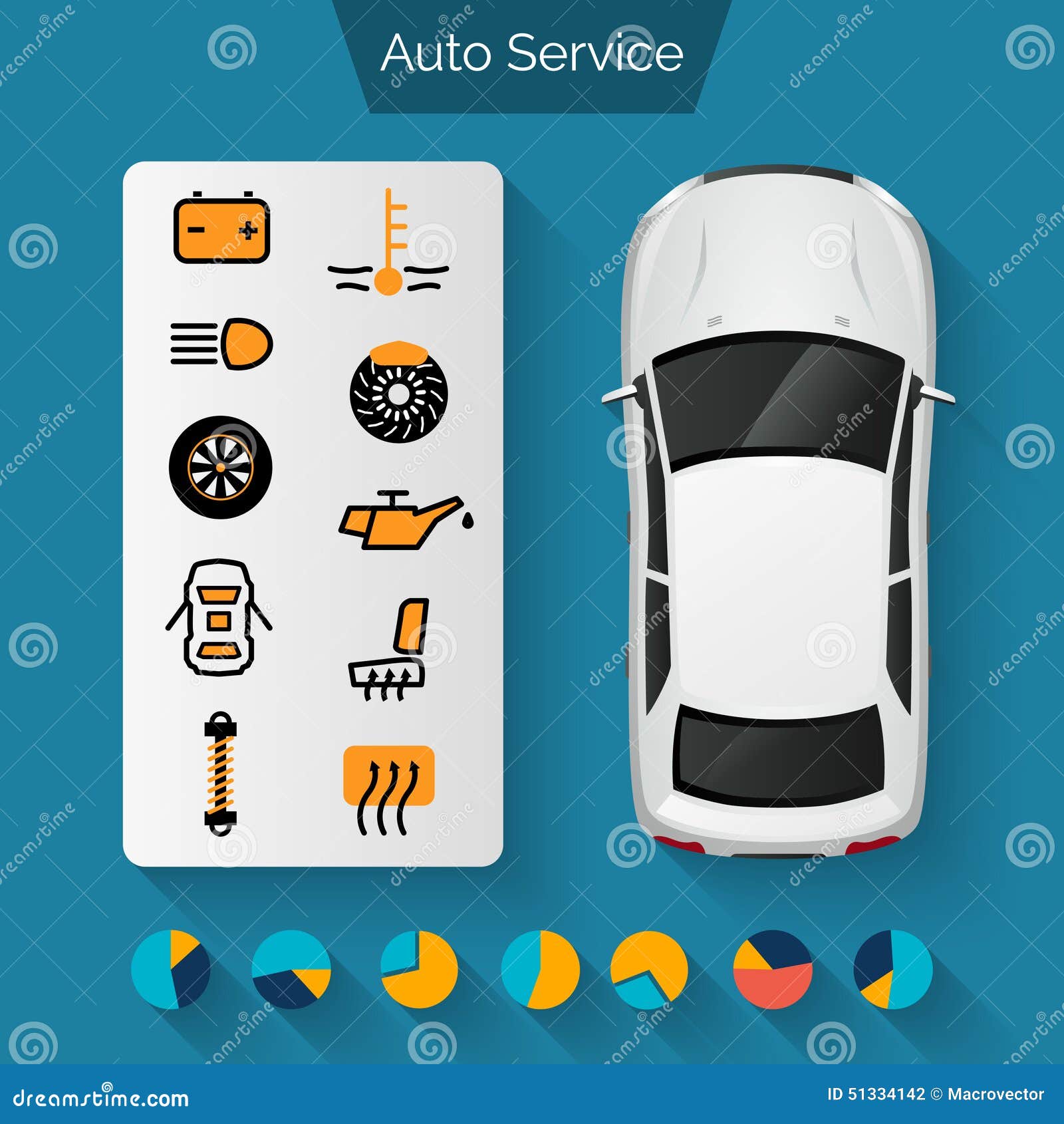Eager To Understand What The Dashboard Warning Lights In Your Cars And Truck Signify? Explore Their Definitions For The Wellness And Safety And Security Of Your Lorry
Eager To Understand What The Dashboard Warning Lights In Your Cars And Truck Signify? Explore Their Definitions For The Wellness And Safety And Security Of Your Lorry
Blog Article
Authored By-Samuelsen Forbes
When you're behind the wheel, those beautiful caution lights on your dashboard can be a bit complicated. Do you understand what they're attempting to inform you about your car's health? Understanding Suggested Studying of these lights is essential for your security and the durability of your vehicle. So, the following time among those lights turns up, wouldn't you intend to decode its message properly and take the needed steps to address it?
Common Warning Lighting and Interpretations
Recognize common caution lights in your auto and understand their significances to guarantee secure driving.
One of the most typical warning lights include the check engine light, which signals problems with the engine or exhausts system. If this light begins, it's essential to have your automobile checked quickly.
The oil stress cautioning light suggests reduced oil stress, needing prompt attention to avoid engine damages.
A flashing battery light may suggest a faulty charging system, potentially leaving you stranded otherwise dealt with.
The tire pressure surveillance system (TPMS) light notifies you to low tire pressure, influencing lorry stability and gas effectiveness. Overlooking this could cause harmful driving conditions.
The ABS light shows a problem with the anti-lock braking system, endangering your capacity to quit rapidly in emergency situations.
Lastly, the coolant temperature cautioning light warns of engine overheating, which can result in serious damage if not resolved quickly.
Understanding these typical caution lights will aid you deal with problems promptly and maintain safe driving problems.
Significance of Prompt Interest
Recognizing the usual caution lights in your automobile is only the initial step; the importance of quickly dealing with these warnings can't be highlighted sufficient to ensure your safety and security on the road.
When a warning light brightens on your control panel, it's your auto's method of connecting a possible problem that needs interest. Disregarding https://carbrakes61605.answerblogs.com/32297050/mobile-auto-describing-enhancing-your-vehicle-s-look-on-the-move can result in extra severe problems down the road, endangering your security and possibly costing you more out of commission.
Prompt interest to cautioning lights can stop failures and mishaps. For wheel restoration , a blinking check engine light might indicate a misfire that, if left unattended, might cause damages to the catalytic converter. Resolving this promptly can conserve you from an expensive repair service.
In a similar way, a brake system alerting light may indicate low brake liquid or used brake pads, vital components for your security when driving.
Do It Yourself Troubleshooting Tips
If you discover a warning light on your control panel, there are a couple of do it yourself fixing ideas you can attempt prior to seeking expert help.
The very first step is to consult your vehicle's handbook to understand what the specific warning light indicates. Often the issue can be as straightforward as a loosened gas cap setting off the check engine light. Tightening up the gas cap might settle the problem.
An additional usual issue is a reduced battery, which can cause numerous alerting lights. Examining the battery links for rust and ensuring they're safe and secure might repair the trouble.
If a caution light persists, you can try resetting it by separating the car's battery for a few mins and afterwards reconnecting it. Furthermore, inspecting your car's liquid levels, such as oil, coolant, and brake fluid, can aid repair warning lights connected to these systems.
Final thought
In conclusion, comprehending your vehicle's caution lights is essential for keeping your vehicle running smoothly and securely. By without a & m detailing attending to these informs and knowing what they mean, you can prevent expensive repair services and potential failures.
Keep in mind to consult your auto's guidebook for specific details on each advising light and take action as necessary to ensure a hassle-free driving experience.
Stay informed, stay safe when driving!
